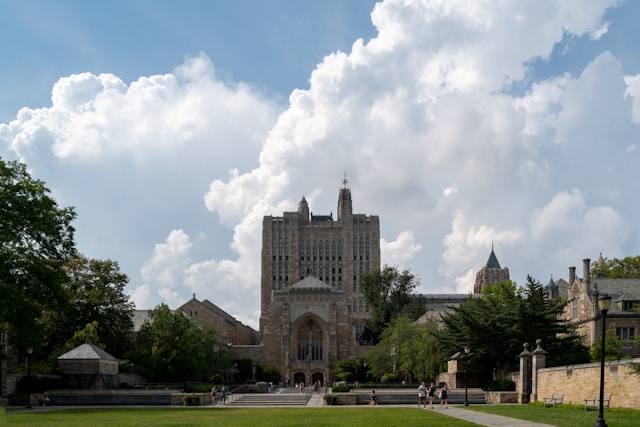This blog post dives into a tough, personal issue in Connecticut: the state’s shortage of pediatric palliative and hospice care. We look at this through the eyes of two mothers—one whose child passed away without proper hospice support, and another whose family found comfort because those services were available.
Their stories highlight a broken system that leaves too many families alone at the worst moments. Experts and researchers keep searching for fixes, but families still run into workforce shortages, insurance headaches, and a lack of coordination among providers.
Explore top-rated stays with no booking fees and instant confirmation. Your dream trip starts here!
Start Exploring Now
Life-Limiting Conditions Affect Thousands of Connecticut Children
Across Connecticut—from Hartford to Bridgeport and New Haven to Norwalk—about 7,800 kids live with complex, life-limiting medical conditions. These children and their families deal with huge challenges, not just from illness but from a healthcare system that often doesn’t deliver steady, specialized support.
Palliative care aims to improve quality of life at any stage of illness. It focuses on comfort, symptom relief, and emotional support. Hospice care, meanwhile, is for those expected to live six months or less, and tries to provide dignity and compassion at the end of life.
That distinction matters, but in Connecticut, many families get lost in the confusion and face delays accessing both types of care.
A Mother’s Struggle Without Pediatric Hospice
Carolyn Torello of Milford knows the pain of missing pediatric hospice care. Her teenage son Michael, who had athetoid cerebral palsy, faced constant medical challenges. When his life drew to a close at 15, no hospice program stepped in to offer expert, compassionate support.
Torello ended up giving Michael morphine herself in his last hours—a gut-wrenching thing for any parent. Her experience echoes through communities from Waterbury to Farmington, where parents in similar situations face the same painful gaps.
Without enough trained pediatric providers, the suffering for both child and family can get even worse.
Systemic Barriers: Funding, Workforce, and Insurance Restrictions
Dr. Kerry Moss at Connecticut Children’s Medical Center in Hartford has warned for years that the state’s pediatric palliative and hospice system is a patchwork. According to a Yale Law School white paper, three big barriers stand in the way:
- Confusion between palliative and hospice care definitions
- Not enough funding for pediatric-specific services
- Severe shortages of trained pediatric palliative providers
One major policy problem? Insurance—especially Medicaid—ties palliative services to hospice eligibility. So if a child leaves hospice because their health improves, they often lose access to valuable palliative care.
This disrupts continuity of care. Families in places like Stamford and Danbury can find themselves suddenly without support during critical transitions.
Pandemic Pressures and Program Suspensions
The pandemic only made things worse. Connecticut Hospice in Branford had to suspend pediatric hospice services after its only pediatrician retired. That’s a pretty stark example of how fragile the system is when so much depends on just a few people.
On a brighter note, Sara Bankers, a mother from Stamford, tells a different story. Her son Jackson received two years of pediatric hospice care through Regional Hospice. That support let her family share meaningful moments and avoid a purely medicalized ending.
Her experience shows what’s possible when families actually get the help they need.
Efforts to Improve Pediatric Care in Connecticut
Change might finally be coming. In 2024, a state working group began developing recommendations to expand pediatric palliative and hospice care. Their ideas include:
- A pilot program at Regional Hospice to try out expanded pediatric services
- Better training for medical providers in palliative and hospice care
- Statewide coordination between hospitals, hospices, and insurers
Academic Research and Future Goals
Yale researchers are putting together a follow-up report. They want to lay out strategies that could help Connecticut become a national leader in pediatric palliative care.
Some of their ideas include launching new data collection efforts to track what actually works. They also suggest improving communication between providers and reforming funding so every town—from Greenwich to Middletown—can access these programs.
Honestly, it’s not just a healthcare issue. It feels like a moral responsibility. Every child, whether they grow up in a rural town or a busy city, deserves dignity and comfort.
Families should be able to focus on love, not paperwork or logistics, when facing life’s hardest moments. Isn’t that what we’d all want?
Here is the source article for this story: After her son’s painful death, a Cheshire mother highlights Connecticut’s pediatric hospice gap
Find available hotels and vacation homes instantly. No fees, best rates guaranteed!
Check Availability Now








